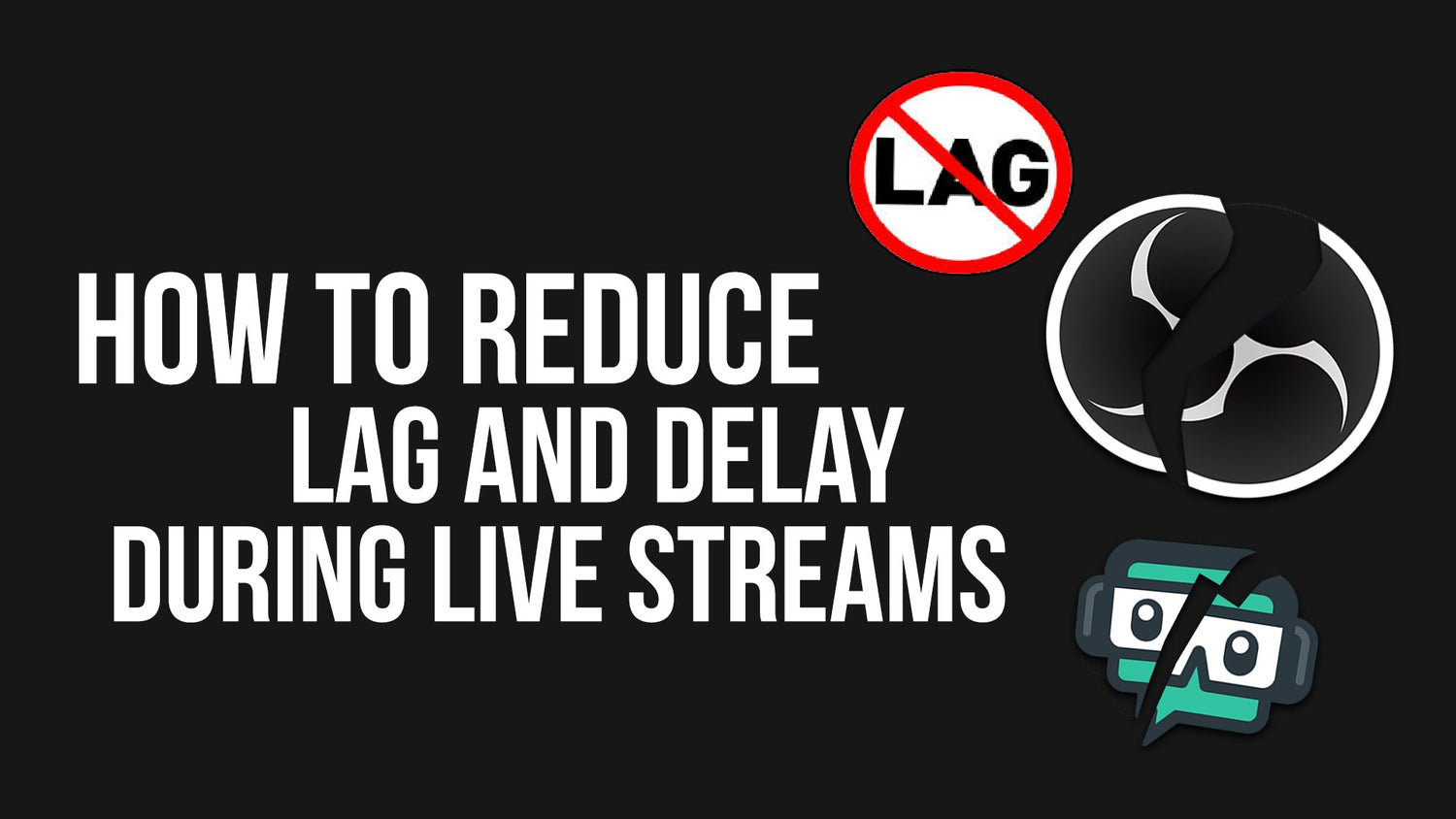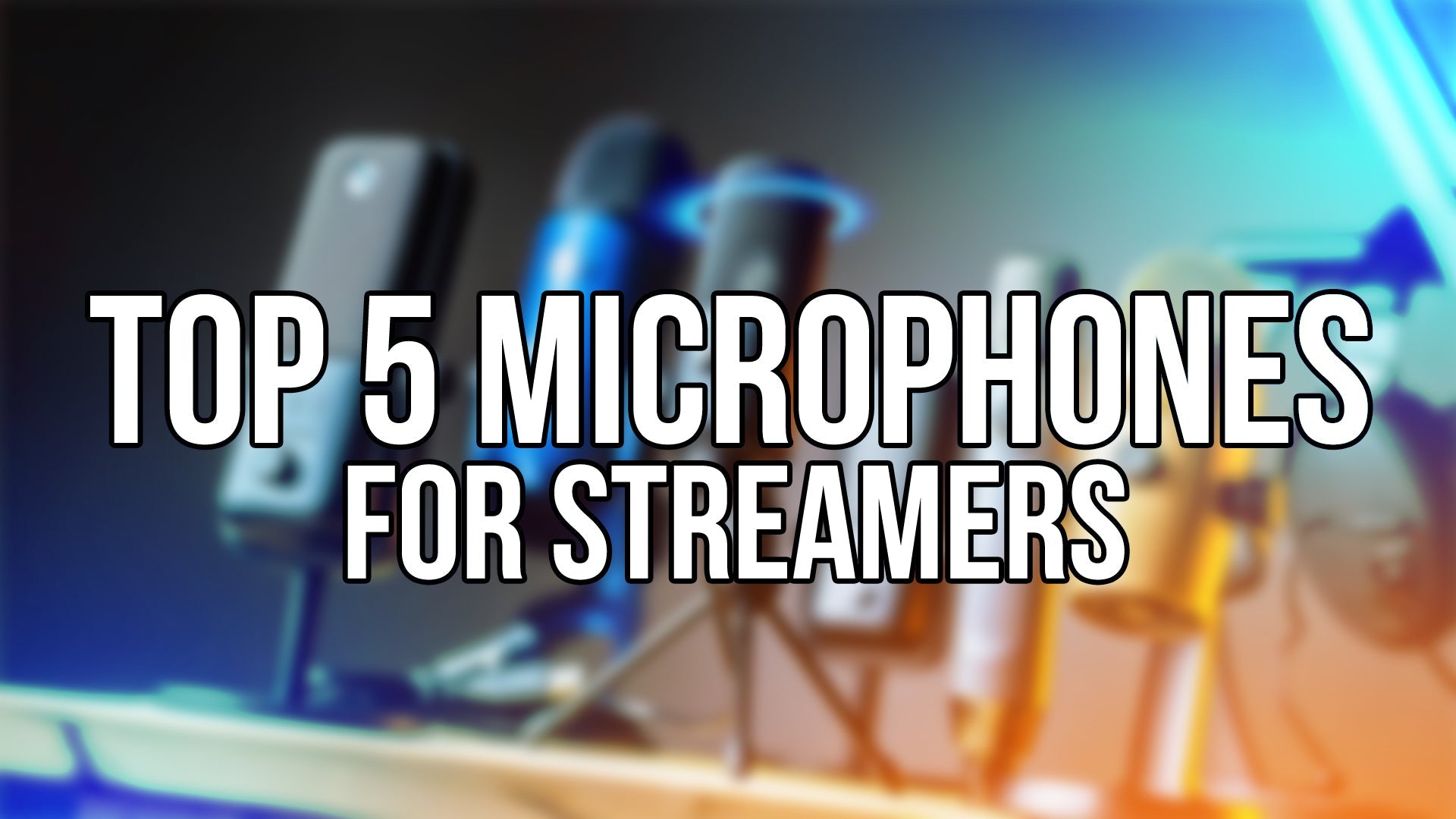How to Reduce Lag and Delay During Live Streams (2025 Guide)
Nothing kills a live stream vibe faster than lag and delay. Whether you’re gaming, chatting, or hosting events, a smooth, real-time stream keeps viewers engaged and coming back for more. But with so many factors causing lag, how do you fix it?
In this guide, you’ll learn the top tips and technical tricks to reduce lag and minimize delay so your streams feel seamless and professional.
What Causes Lag and Delay in Live Streaming?
Before we fix it, let’s understand the common culprits:
-
Internet upload speed limitations
-
Hardware bottlenecks (CPU/GPU)
-
OBS or streaming software settings
-
High bitrate or resolution settings
-
Streaming platform latency
1. Optimize Your Internet Connection
💡 Check Your Upload Speed
Your upload bandwidth must comfortably exceed your stream’s bitrate. For example, if you stream at 6000 Kbps, your upload speed should be at least 10 Mbps.
🔧 Use a Wired Ethernet Connection
Wi-Fi can cause unstable speeds and packet loss. Plug directly into your router for reliable, low-latency connection.
⚙️ Close Bandwidth-Hogging Apps
Pause or stop downloads, updates, cloud syncs, and other devices using your network while streaming.
2. Adjust Your Streaming Settings
🎥 Lower Your Bitrate
If your connection struggles, reduce bitrate in OBS or streaming software. For 1080p60, try lowering from 6000 Kbps to 4500 Kbps.
🖥️ Lower Resolution or FPS
Stream at 720p or reduce FPS to 30 if lag persists, especially for “Just Chatting” streams.
🛠️ Use Hardware Encoder
Use NVENC (NVIDIA) or AMD VCE for GPU encoding instead of CPU (x264) to reduce processing delay.
3. Reduce OBS Buffering and Latency
⚡ Enable “Dynamically change bitrate”
This setting in OBS helps adapt bitrate to network fluctuations in real time.
🔍 Lower “Keyframe Interval”
Set keyframe interval to 2 seconds (standard for Twitch/YouTube) to improve stream stability.
🕹️ Use “Low Latency Mode” on Streaming Platforms
Platforms like Twitch offer settings to reduce stream delay and improve interaction.
4. Upgrade Your Hardware
🖥️ Use a Strong CPU and GPU
Streaming is resource-heavy. A CPU like Intel i7 or Ryzen 7, plus a modern GPU, help maintain smooth encoding.
💾 Close Background Processes
Limit other apps during streaming to free CPU power.
5. Manage Streaming Platform Settings
🕒 Reduce Stream Delay
Turn off or lower stream delay in your platform’s dashboard to minimize viewer lag.
🗣️ Use Real-Time Interaction Tools
Tools like Twitch Extensions, Discord, or chatbots can help engage viewers despite small delays.
Bonus Tips for Pro Streamers
-
🎛️ Use a dedicated streaming PC (dual-PC setup)
-
🔄 Restart your router regularly
-
🔌 Use quality cables and hardware
-
📡 Consider CDN or stream relay services if streaming globally
Final Thoughts
Lag and delay are frustrating but manageable with the right setup and habits. By optimizing your internet, adjusting settings, and upgrading hardware, you’ll deliver smooth, low-latency streams that keep viewers hooked.
Need professional stream overlays and alerts?
Boost your stream quality visually with ready-made designs from FragileGFX.com — trusted by 100,000+ streamers worldwide.

















